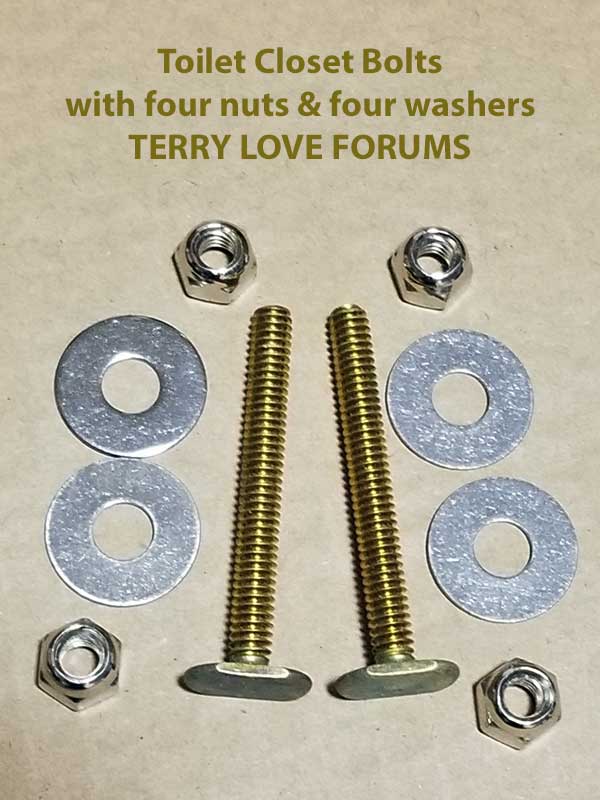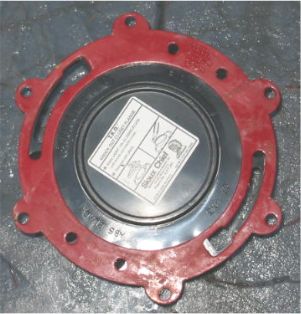I am replacing a toilet. It appears 12 inches is the common measurement from wall to bolts. Mine is 11.25''. It was from the wall, not the bullnose.
Will a 12' 'work? If not, what are the best suggestions? I've heard offset flanges can plug easily.
Other info for any tips in advance you can think of: Lower level toilet (tri level house so it's about 4' below ground level). Very small bathroom and looking for inexpensive toilets. Any issues regarding quality of toilet/flushing strength and the fact that the toilet is below ground?
Thanks in advance! Had great responses to an electrical question earlier.
Mark
Will a 12' 'work? If not, what are the best suggestions? I've heard offset flanges can plug easily.
Other info for any tips in advance you can think of: Lower level toilet (tri level house so it's about 4' below ground level). Very small bathroom and looking for inexpensive toilets. Any issues regarding quality of toilet/flushing strength and the fact that the toilet is below ground?
Thanks in advance! Had great responses to an electrical question earlier.
Mark



